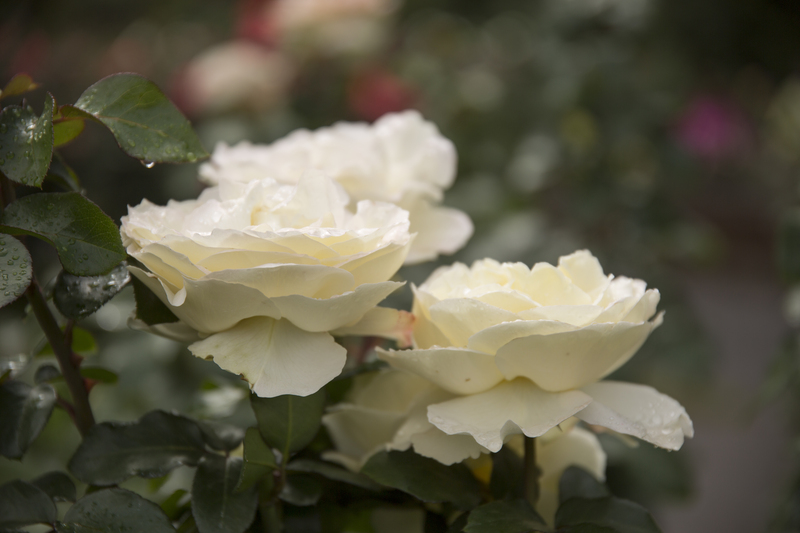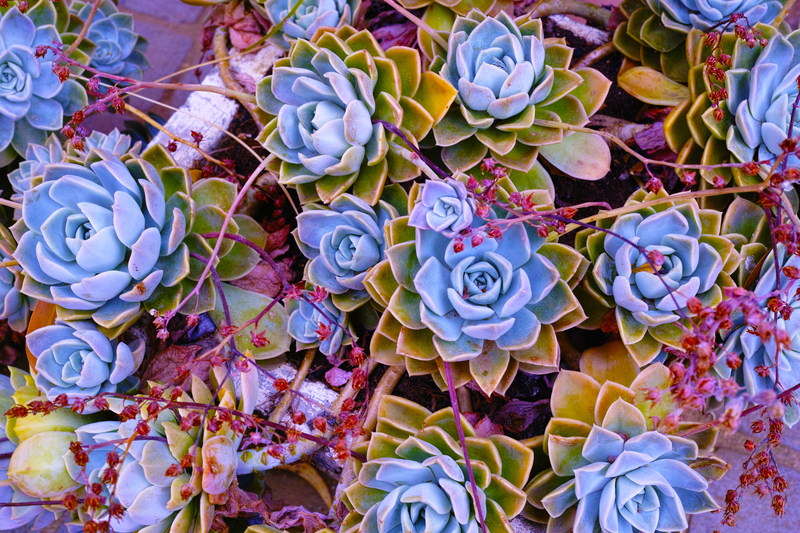Cold Frame Basics for Novice Gardeners
Posted on 01/08/2024
Cold frames are a fantastic solution for both beginner and experienced gardeners who seek to extend their growing season. They play a crucial role in protecting tender plants from harsh weather conditions, giving you a head start in the spring and extending your gardening into the fall. If you are a novice gardener looking to explore the basics of cold frames, this article will guide you through everything you need to know.
What is a Cold Frame?
A cold frame is a simple, unheated outdoor structure that functions as a mini-greenhouse. It typically consists of a transparent cover, such as glass or plastic, positioned over a wooden or plastic frame. This design captures and retains heat from the sun, creating a warmer micro-environment perfect for growing plants.

Types of Cold Frames
There are several types of cold frames to choose from:
- Traditional Cold Frame: A basic frame with a hinged cover, often made of wood and glass or polycarbonate.
- Automatic Vent Cold Frame: Equipped with a venting system that regulates the temperature inside.
- Raised Bed Cold Frame: Combines the benefits of a cold frame with a raised planting bed, ideal for gardeners with limited space.
Benefits of Using Cold Frames
Using cold frames offers a myriad of benefits:
- Extended Growing Season: Protects plants from early frosts and allows for a longer growing season.
- Seedling Protection: Shields young plants from pests and harsh weather.
- Efficiency: Simple and cost-effective way to enhance your gardening efforts.
How to Build a Cold Frame
Building a cold frame is straightforward and can be a fun DIY project:
- Choose a location with good sunlight exposure, preferably south-facing.
- Construct the frame using materials like wood or plastic.
- Install a transparent cover using glass, polycarbonate, or plastic film.
- Ensure the cover can be easily opened for ventilation and watering.
Using a Cold Frame Effectively
To maximize the benefits of your cold frame, follow these tips:
- Monitor Temperature: Use a thermometer to ensure your plants don't overheat.
- Ventilate: Open the cover on warm days to prevent excessive heat buildup.
- Watering: Keep soil moist but avoid overwatering, as cold frames don't have natural drainage.
Tips for Success
Here are some additional tips to ensure your cold frame gardening success:
- Start with hardy and cold-tolerant crops; lettuce, spinach, and radishes are great options.
- Elevate your cold frame on bricks or stones to improve drainage and reduce cold from the ground.
- Cover your cold frame with an insulating blanket during extremely cold nights.
Pros and Cons of Cold Frames
Like any gardening method, cold frames come with their own set of advantages and disadvantages:
- Pros:
- Extends growing season and allows for early seed starting.
- Protects plants from pests and extreme weather.Cost-effective and easy to build.
- Cons:
- Requires regular monitoring to maintain ideal conditions.
- Limited space can restrict plant variety and quantity.Potential for poor air circulation if not properly ventilated.

Takeaways
- A cold frame is a valuable tool for extending the gardening season and protecting plants.
- They are easy to build using basic materials and can be tailored to fit your needs.
- Regular monitoring and proper maintenance are key to maximizing their benefits.
Conclusion
Cold frames offer an excellent opportunity for novice gardeners to extend their growing season, protect their plants, and enjoy gardening well beyond the typical outdoor season. With a little effort in building and maintaining a cold frame, you can reap significant rewards. By understanding the basics and putting the tips and best practices into action, you can create an ideal environment for your plants to flourish, regardless of the weather outside.







